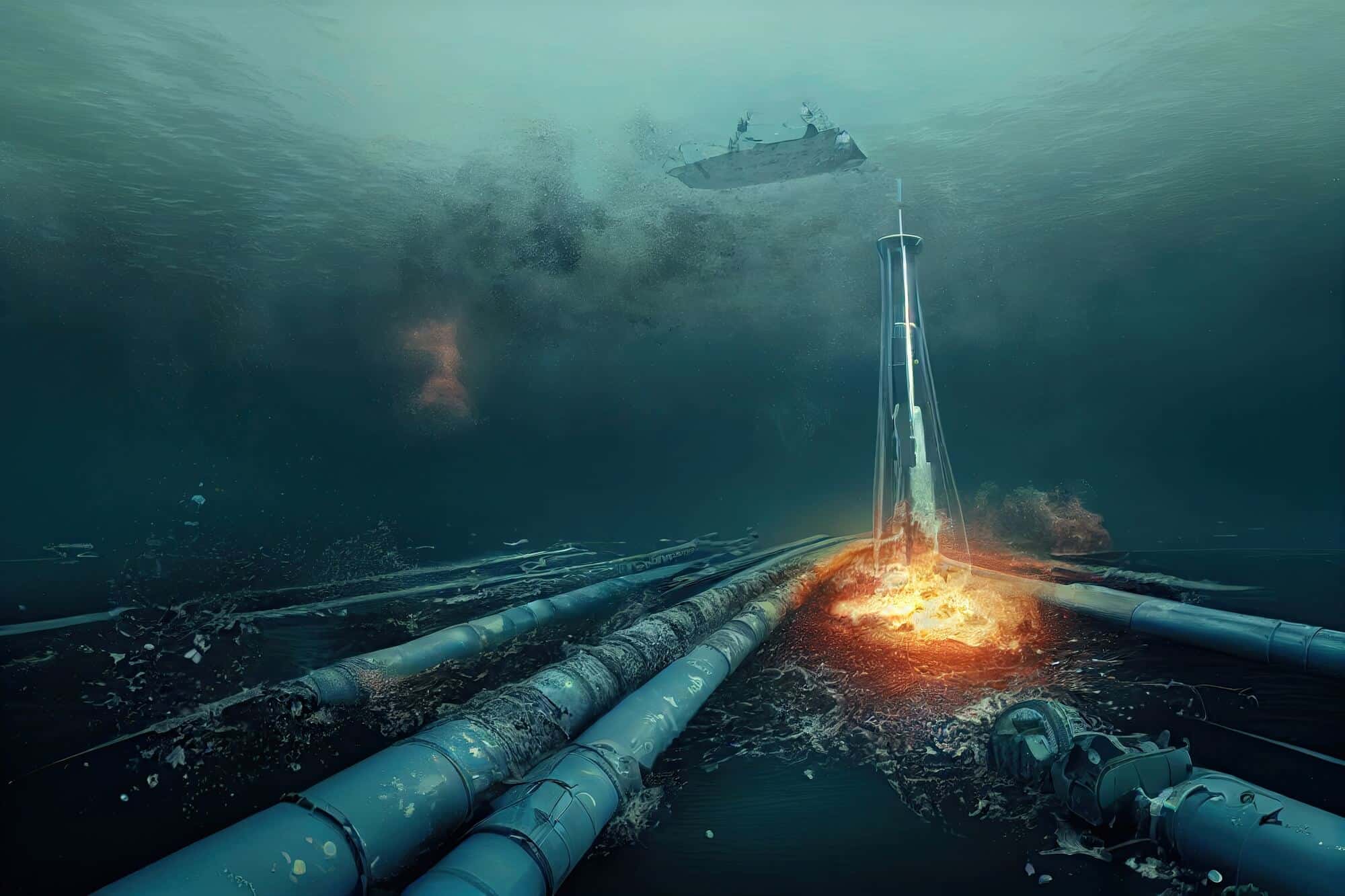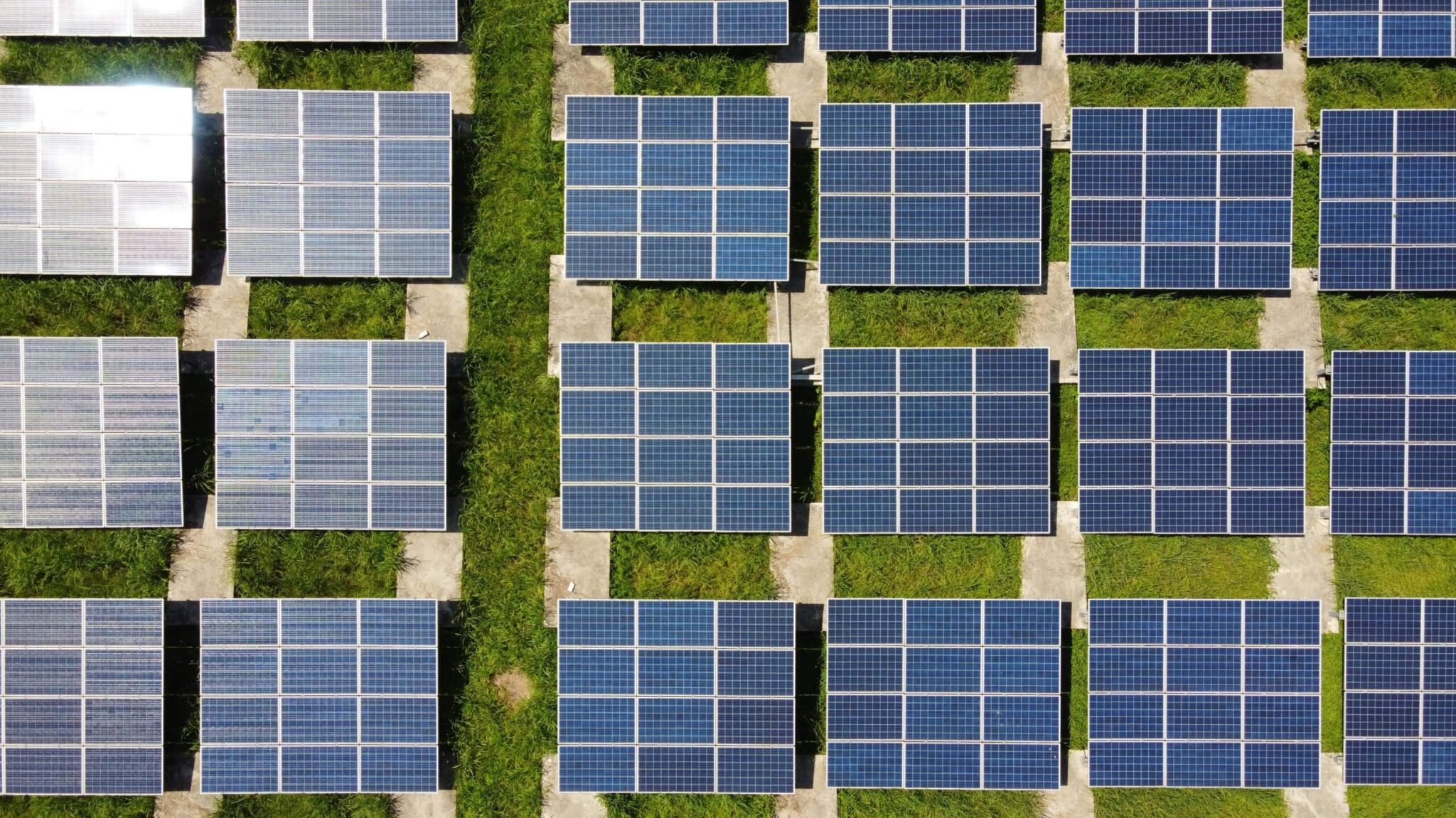Due to the war between Russia and Ukraine, Europeans are turning to the sun and the wind: according to the estimates of a new report, in 2022 there will be a significant increase in the establishment of renewable energy production systems in Europe, following the energy crisis created by the war. What can we learn from this?

In the last year, at a three and a half hour flight from here - thousands of women, men and children have been killed, and over 8 million refugees have been displaced from their homes. The Russia-Ukraine war, which began in February last year, is a horror that continues to take place even these days, and its consequences are extensive and very severe. One of those consequences has been sending ripples throughout Europe for many months: Russia's invasion of Ukraine caused one of the most significant energy crises the continent has known in recent decades. Following the heavy sanctions that European and Western countries imposed on Russia, natural gas prices doubled and even tripled, and the effects were immediately apparent on the ground: in European households, the standard of living was dramatically affected, and many residents who used to heat their homes with the same Russian gas found themselves spending the winter months under Extreme cold. In other words: dependence on Russian gas has become an extremely difficult problem.
However, you may be surprised to learn that the crisis also spawned parallel moves: New report of the International Energy Agency (IEA) estimates that due to the war between Russia and Ukraine there will be a 34 percent increase in the construction of renewable energy facilities in Europe in 2022. If so, Russian policy, which caused energy prices to rise - also set in motion a process in Europe, which included an understanding Importing fossil fuels from hostile countries does not provide energy resilience. Is it possible that only disasters wake us up to make green moves on such a scale?
Fatal addiction
Europe's gas crisis has been in the newspapers for the past year. For those of us who need things in order, here are some facts on the subject: in the first half of 2021, Russia was the largest exporter of natural gas to Europe; כ-53 Percent מThe gas What was imported to the continent came from Russia. To what extent did the war change the rules of the game? At the same time, before the war, the European Union and the United Kingdom imported an average of over 3 billion cubic meters of natural gas from Russia per week. In the last quarter of 2022, on the other hand, Russia's share of gas exports to the European Union and the United Kingdom dropped to an average of only 0.5 billion cubic meters per week - that is, it recorded A drop of no less than 83 percent.
As mentioned, the war changed the global energy game, and caused the countries affected by the crisis to look for alternatives. "This difficult event created opportunities," says Prof. Yossi Rosenox from the School of Electrical Engineering at Tel Aviv University. According to him, this kind of move is rather familiar. "Often, crises cause a change in behavior. A good example of such a process is the Corona epidemic, which accelerated the transition to online learning and remote work."
According to Rosenox, the upward trend described was caused by the lack of choice created by the war: in Europe they feared a lack of available energy and high prices for it, and this change led to a move in which they turned more strongly to renewable energy sources, such as solar and wind, and also to energy storage - with the aim of reducing dependence on imported fossil fuels .
The new report evaluates the use of renewable energies from 2021 to 2027, and it includes extensive reference to different types of these energies, such as solar energy, wind energy, water energy, and also to diverse technologies such as solar panels, Heat Pump and more. As mentioned, the report estimates that in 2022 there was a 34 percent increase in the construction of renewable energy facilities in Europe; This is due to the energy crisis caused by the war between Russia and Ukraine.
The report estimates that in other parts of the world, such as China, the United States and India, there was a significant increase in the installation of renewable energy production systems: this is an increase that is 28 percent higher than the original forecast for 2022. How significant is this acceleration? According to the estimates presented in the document, by 2025 the global use of renewable energies for electricity production will overtake the use of coal - The most polluting source of energy.
Let the sun shine
Europe's growing interest and use of renewable energies is very happy news. However, a look at the data will indicate that even this positive process is still not enough to stop the rise in global temperatures, or to reach carbon neutrality (a balance between the emission of carbon dioxide and its absorption by various means) by 2050: in 2021, At the top of the list of electricity sources in the world Coal still stands at the top, with about 36 percent of consumption, and natural gas, with about 23 percent of consumption.
If you were wondering what our situation is here in Israel, then in this context The data is telling tell the story themselves: in 2022, only 8.1 percent of the electricity produced in Israel came from renewable energies; This is compared to 68 percent in Canada and 78 percent in Brazil. To this figure we will add the fact that Israel made promises, and did not keep them: even the goal that our country set for itself in the Paris Agreement - production 10 percent of all electricity from renewable sources by 2020 - Not achieved.
However, it is possible that the situation will change for the better, and not in the distant future. "The good news is that in recent years there has been a significant acceleration and increase in the use of renewable energies in Israel, which we will see the fruits of in the future," says Rosenox. "This is happening mainly thanks to the drop in prices: already in 2015, Israel created price parity in the construction of the infrastructure between ground-based solar energy and conventional energy."

So why isn't all of Israel lit with solar energy? Where are things stuck, you ask? Rosenox's answer probably won't surprise many of us. "The main problem in Israel is the bureaucratic process, which requires licensing on a large scale," he explains.
According to Dr. Daniel Mader, a researcher and scientific consultant and one of the founders of SP Interface, to the bureaucratic difficulties are added no less fundamental problems. "In Israel there is a policy that has a contradiction: our reliance on natural gas does not allow resources and sufficient regulatory attention to be directed to renewable energies and their storage to the required extent," he says. In addition, according to him, we also have a deep-rooted problem: a lack of understanding or desire to recognize the consequences of the climate crisis and the lack of energy resilience in Israel. "If there was recognition of these critical problems - we would turn the Israeli electricity economy upside down within a few years," he testifies. So maybe it's time, and before it's too late, that we correct the injustice, and promote the use of energy that is good for everyone?
More of the topic in Hayadan:
